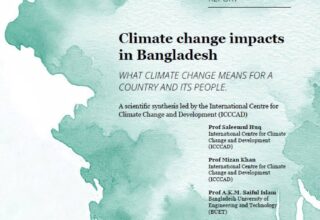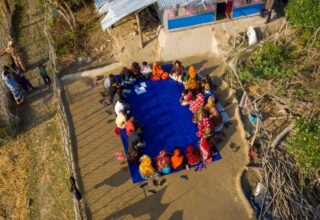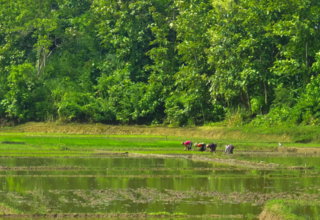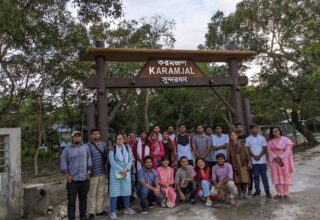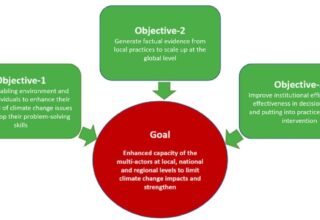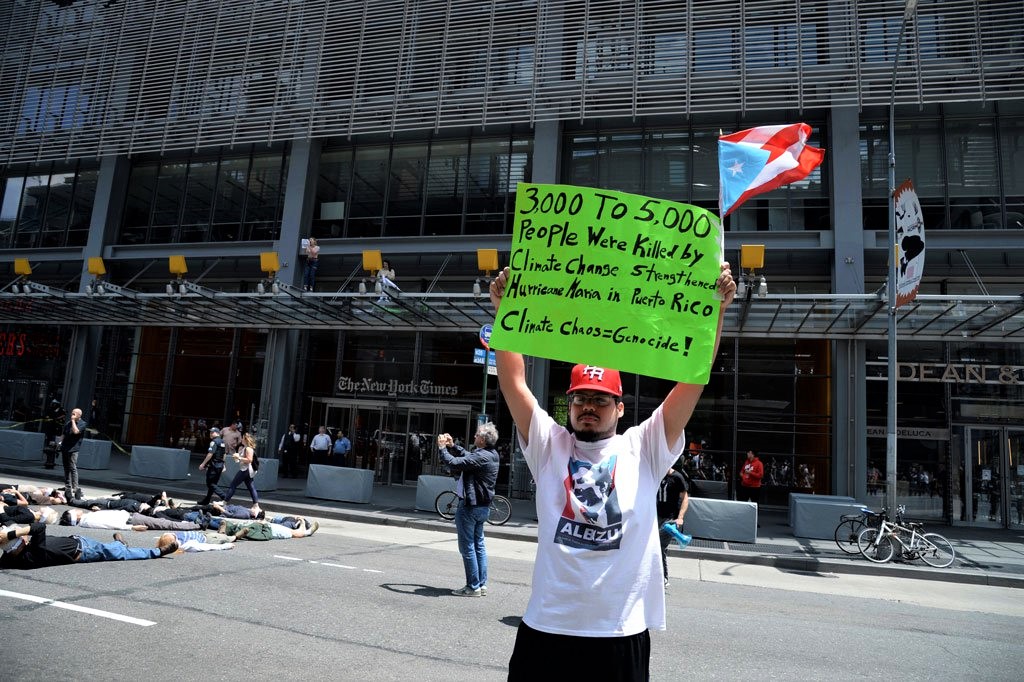
Climate change affects the least developed countries the most
The nearly 200 countries that have ratified the United Nations Framework Convention on Climate Change (UNFCCC) meet every December at the annual Conference of Parties (COP) to review progress and decide new actions.
The COP moves from continent to continent each year with last year (COP24), being Eastern Europe’s turn, the conference being held in Katowice, Poland in December, 2018.
This year it is the turn of South America and COP25 will be in Santiago, Chile in December, 2019. Next year, it is the turn of Western Europe and the UK has offered to host COP26 in December 2020.
While the COP is a high level decision-making body with ministers, and sometimes even heads of government attending, having to agree everything by consensus, it is preceded by two meetings earlier to agree on the items for the ministers to discuss and get agreement on.
These are meetings of two subsidiary bodies under the UNFCCC. The first is the Subsidiary Body on Science and Technical Advice (SBSTA) which takes into account latest scientific findings, such as the periodic reports from the Intergovernmental Panel on Climate Change (IPCC), and then recommend some changes to previous decisions in light of new science.
A good example is the publication of the IPCC special report on 1.5 Degrees Centigrade which has brought to our attention that the 1.5 Degree long-term global temperature limit which all parties agreed in COP21 in the Paris Agreement can still be achieved.
However, the level of ambition shown by countries in their respective climate change plans (known as Nationally Determined Contribution or NDC) are taking us to nearer 3C and so all countries will be asked in COP25 to revise their respective NDC and raise the level of ambition significantly in order to keep global temperature rise below 1.5C as agreed.
This particular issue chimes in with the global movement of school children and activists calling it a climate emergency and not just climate change anymore.
The other body is called the Subsidiary Body on Implementation (SBI) which reviews and evaluates the progress and performance of countries on implementing the decisions that were made in previous COPs.
One of the most important elements in the SBI agenda is always tracking the actual delivery of money that has been promised from richer countries to vulnerable developing countries to support actions to tackle climate change.
The richer countries have promised to provide $100 billion a year from 2020 onwards. Even though President Trump has withdrawn the US from the Paris Agreement (but not from the UNFCCC) and said the US will no longer put in any more money, the other rich countries have promised to make up the shortfall because of US withdrawal.
Those countries now need to say by COP25 in December who is going to give how much from 2020 onwards.
These two subsidiary bodies meet twice a year, first in June, always in Bonn where the UNFCCC Secretariat is located, and then again in December just before the COP. These two meetings are at the level of officials only (not ministers) and don’t take any decisions.
The first SB meeting is currently taking place in Bonn, which I am attending, to draw up the agenda for COP25.
Even though this is not a decision-making meeting, it is nevertheless very important as it will decide the agenda for decision making at COP25. Hence, if any country (or group of countries) wants to have a discussion on a topic at a COP and get a decision, then it is absolutely essential to make sure the topic is included at the SB meeting in June.
Failure to get it in the June meeting and going to the COP without it being on the agenda means it cannot be discussed at the COP.
This year, Bangladesh and the least developed countries (LDC), under the leadership of Bhutan, has decided to focus on the topic of loss and damage and in particular the agenda item on preparing a review of the Warsaw International Mechanism (WIM) on loss and damage which was created by COP19 in Warsaw in 2013.
The LDC Group wants the terms of reference for the review to include examining ways of raising finance for loss and damage beyond insurance (which is what the developed countries always want to talk about).
So the LDC Group, with support from ICCCAD, has reached out to other groups of vulnerable countries, namely the Alliance of Small Island States (AOSIS), the African Group of Negotiators (AGN) and the Independent Alliance of Latin America and Caribbean (AILAC) to try to join forces if possible to ensure that the terms of reference for the review of the WIM is mandated to include the need to seek new and innovative sources of funding for loss and damage which is different from funding for adaptation.
This will be a difficult task as there are powerful developed countries who may oppose us.
Nevertheless, these four groups of most vulnerable countries together count for over a hundred countries in the UNFCCC and, hence, their voices must be heard and supported by others.
We shall see what happens at the end of next week.
Originally this article was published on June 24, 2019 at Daily Star. The author Dr. Saleemul Huq is the director of the International Centre for Climate Change and Development (ICCCAD) at the Independent University, Bangladesh (IUB).
Email: saleemul.huq@icccad.net

